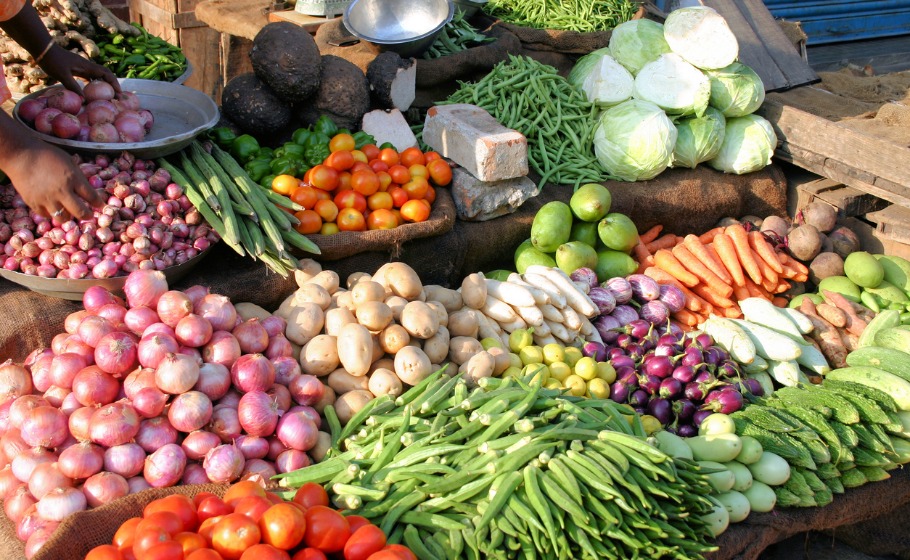
Retail inflation eases in Nov; here’s why relief may be short lived

India’s retail inflation fell to an 11-month low of 5.88 per cent in November, mainly due to softening prices of food items, official data showed on Monday (November 12). This is the first time in 11 months that the retail inflation print has come within the RBI’s tolerance band of 4 (+/- 2) per cent.
The consumer price index (CPI) based retail inflation was 6.77 per cent in October 2022, and 4.91 per cent in November 2021.
However, the economy’s battle against inflation may be far from over, said experts. The biggest reason for that is the softening of inflation is mostly led by a fall in food prices, which may rise again.
Also read: Passenger car sales rise 28% in November
In fact, the Reserve Bank of India (RBI) had a similar view when it said last week that the worst of inflation is behind us, but there is no room for complacency in the fight against price rise. It vowed to keep an “Arjuna’s eye” (keen focus) on the evolving inflation dynamics and projected inflation to remain above 4 per cent for the next 12 months.
Vegetables lead food price easing
As per data released by the National Statistical Office (NSO), inflation in the food basket was 4.67 per cent in November, against 7.01 per cent in the previous month. This moderation in food inflation is mostly led by vegetables, which are susceptible to weather fluctuations, said a report by Care Ratings.
The decline in vegetable prices owing to healthy winter arrivals helped cool food inflation but higher cereals and milk prices continued to bite, said Care. “Some of the key vegetable items such as tomatoes and onion witnessed a year-on-year contraction in their average retail prices supported by steady supply. As vegetable prices are largely dependent on seasonal factors, they tend to be volatile. However, in absence of any seasonal shock, we can expect vegetable inflation to cool further in the coming months.”
The report emphasised that cereals and milk inflation, the top two contributors to food inflation, are still elevated and on an upward trend. “In this context, better Rabi acreage in the current season is a comforting factor. The strengthening of services inflation has led to sticky core price pressures despite easing of goods inflation,” it added.
Another repo rate hike seen
The RBI’s Monetary Policy Committee may go for another repo rate hike in its February meeting, said the Care report. “Taking cue from today’s data, the RBI will remain cautious to prevent inflationary expectations from spiralling upwards. However, with disappointing data from the manufacturing sector, the central bank’s decision to go for another rate hike in the February meeting will be a close call,” it observed.


